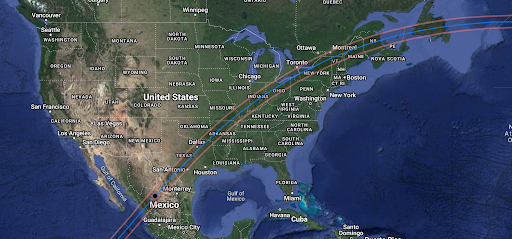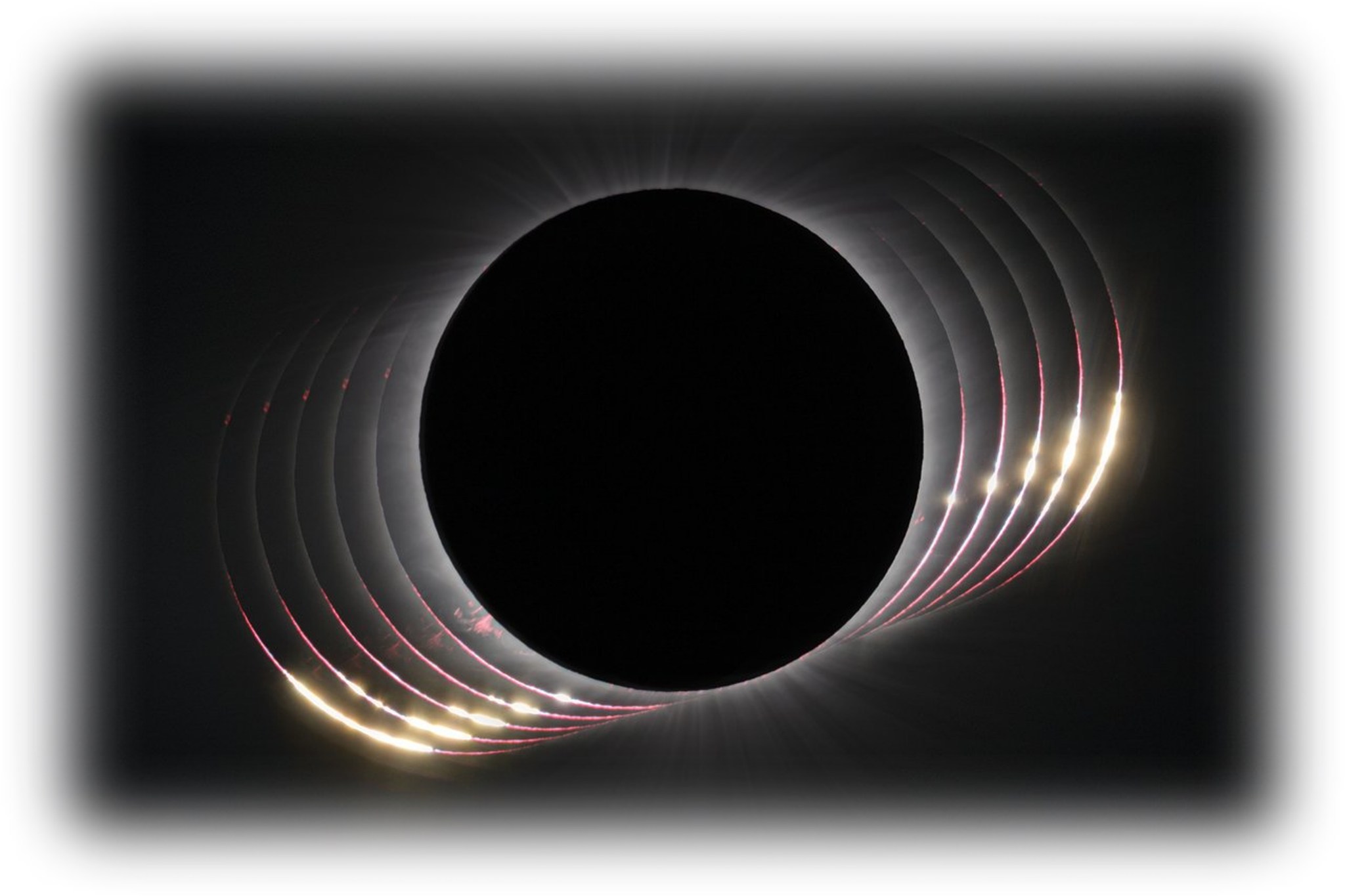SunSketcher
Our Sun is not quite a perfect sphere. Knowing our Sun’s true shape would give scientists new clues about its mysterious interior and test theories of gravity. But precisely measuring the shape of this enormous nearly-round object has been challenging - until now.
Join the SunSketcher team and help make these measurements during the total solar eclipse on April 8, 2024! You’ll use your phone to photograph Baily’s beads. Baily’s Beads are the last glimmers of sunlight that slip through the valleys of the Moon as it eclipses the Sun and the first rays of sunlight to sneak through the low spots on the other side of the Moon as the Sun re-appears. The SunSketcher app on your smartphone will capture images of these lights during the eclipse.
Anyone in the path of totality with a smartphone is invited to participate on April 8, 2024!
project task
Collecting data with smartphone
Division
Heliophysics
where
Path of April 8, 2024 total eclipse
launched
2023
What you’ll do
- Be part of an historic effort to measure the shape of the Sun.
- Enjoy the eclipse while your smartphone collects data for science.
- Interested in contributing to the data analysis portion of the project? Watch the project website for opportunities!
Requirements
- Time: 5-10 minutes to download app and read the instructions, plus the time you spend watching the eclipse (typically several minutes).
- Equipment: An Android or Apple smartphone running the free SunSketcher app and a tripod or material to position your phone to face the Sun.
- Knowledge: None. The app provides all necessary instructions.
Get started!
- Visit the project website and sign up to join our team and be notified when the app is available.
- Check out the tutorial, available now on the SunSketcher website! (go full screen for best results)
- Make a plan to be in the path of totality for the April 8, 2024 eclipse - with your phone and the SunSketcher app!

Learn More
Read more about the science behind this project on the project’s Research page.
Follow @SunSketcher on X, Instagram, and TikTok.
SunSketcher is part of the Heliophysics Big Year - follow that link to learn more about this yearlong celebration of heliophysics.
Get to know the people of Sunsketchers!
































